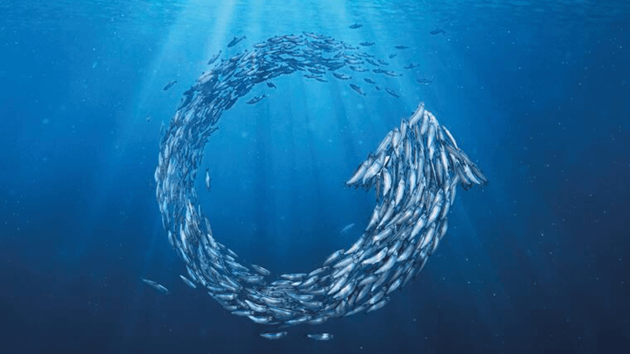In this topic we look at our values, choices and responsibilities in relation to the sea and fisheries, and how to take action to protect ocean and fishery resources. This topic is adaptable material for levels 3 - 8.
Dive in and explore
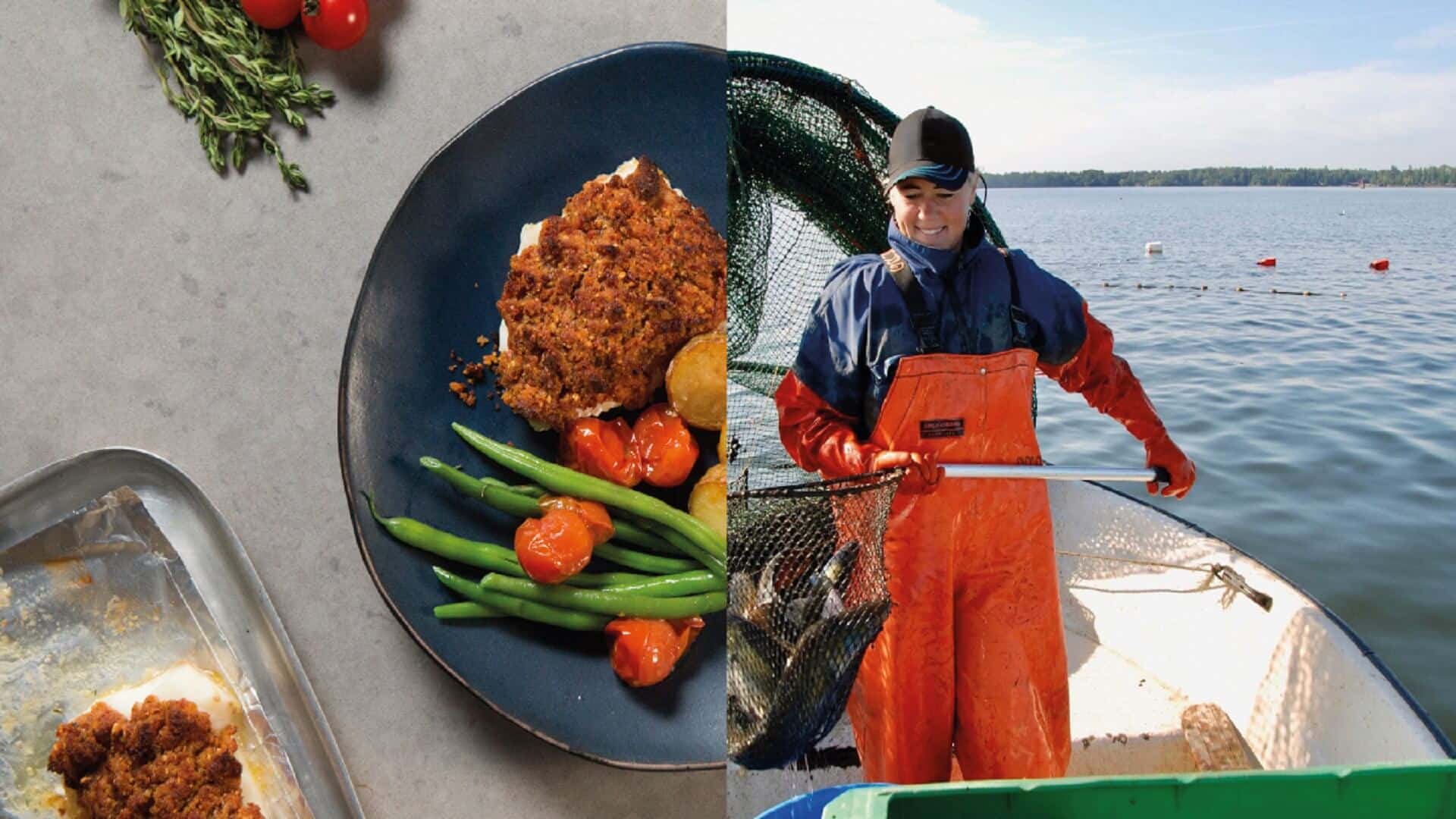
Ko āu te moana. My relationship with the sea
Explore and develop a sense of tūrangawaewae and connectivity with coastal places, the sea and the life that lives there.
🎚 Level: 3-8
⌚ Duration: 50 + minutes
✍ Curriculum areas: Science, Pūtaiao, Social Studies, Tikanga-ā-iwi, Geography, Hauora
🌟 Key competencies: Thinking; Managing self; Relating to others; Participating & contributing
🔤 Keywords: Viewpoints, Values, Tūrangawaewae, Sense of place, Connectedness
📌 Location: Indoors & Outdoors
⏭ Next steps (this topic): Kaitiakitanga: Caring for the ocean, Taking action: fishing, Taking action: consumer choice, Whakapuāwai: Collaborative action
⏭ Next steps (other topics): Plastic ocean
📚 Prior learning: Sea’s Importance
In Aotearoa New Zealand we have a unique and strong connection to the sea. Our whenua [land] was fished from the sea [by Maui] and many of our tūpuna [ancestors] were fishing folk. We are an island nation so most of us live near the sea! So how do you value, view and connect with Tangaroa, the sea?
Focus Questions:
How do I feel connected with the sea and coast?
How do different people value and use the sea and coast differently
What different viewpoints do people hold about the sea and use of ocean resources? What is my viewpoint?
What is my role in kaitiakitanga of the ocean?
Learning outcomes:
Develop a sense of connectedness and tūrangawaewae with sea and coast
Understand that different people value and use the sea and coast differently
Explore different viewpoints people have about the sea and use of ocean resources
Understand the reciprocal nature of kaitiakitanga (i.e. that the ocean will sustain us but only if we look after it)
Use specialised words and terms in relation to ocean sustainability
Materials:
CONNECTION WITH TANGAROA SLIDE SET
Access to internet
Something to write with
Blue tack (or similar) and white board or wall
Mobile device with camera and cardboard camera application
Value statement cards
Activities include:
CONSIDER our connection to the ocean through whakapapa, actions and kai (food)
EXPLORE our unique Aotearoa relationship with the sea
WATCH the film clip Ko au te taha Moana. Ko te taha moana ko au
CREATE a poem, waiata or picture of the sea
DISCUSS a taonga o Tangaroa
WRITE about how your whānau (family) and tūpuna (ancestors) use and value the sea
MAKE a short film or Powtoon like the one posted about Kāpiti by Koro Don sea
EXPLORE the concept of tūrangawaewae and acknowledge the place we are connected to
CREATE a 360 degree view of a coastal place of connection
COLLECT and identify shells from your local beach
WRITE a story about the animal that lives in your favourite shell
INVESTIGATE another cultures views and relationship with the sea
REVIEW AND REFLECT using group inquiry questions provided
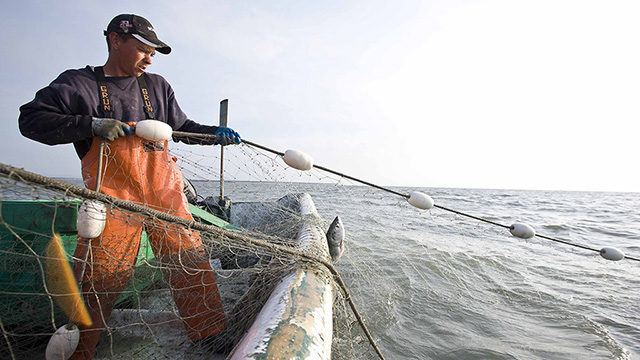
Kaitiakitanga
Explore kaitiakitanga as well as different viewpoints on how we should / could use resources sustainably and act as good kaitiaki.
🎚 Level: 3-8
⌚ Duration: 50+ minutes
✍ Curriculum areas: Science, Pūtaiao, Social Studies, Tikanga-ā-iwi, Geography, Hauora
🌟 Key competencies: Thinking; Managing self; Relating to others; Participating & contributing
🔤 Keywords: Kaitiakitanga, Sustainability, Values
📌 Location: Indoors
⏭ Next steps (this topic): Taking action: fishing, Taking action: consumer choice, Whakapuāwai: Collaborative action
⏭ Next steps (other topics): Plastic ocean
📚 Prior learning: Sea’s Importance; Traditional fisheries management
Kaitiakitanga is often understood as guardianship but is also about reciprocity. If we act wisely as kaitiaki then our ocean resources will provide for us and remain healthy for generations to come.
Focus Questions:
What is my role in kaitiakitanga of the ocean?
How do different people value and use the sea and coast differently
What different viewpoints do people hold about the sea and use of ocean resources? What is my viewpoint?
What new words and concepts have we learnt?
Learning Outcomes:
Understand the reciprocal nature of kaitiakitanga (i.e. that the ocean will sustain us but only if we look after it)
Understand that different people value and use the sea and coast differently
Explore different viewpoints people have about the sea and use of ocean resources
Use specialised words and terms in relation to ocean sustainability
Materials:
KAITIAKITANGA & SUSTAINABILITY SLIDE SET
Kaitiakitanga & Sustainability OUTLINE
Copies of Kaitiakitanga Worksheet
Copies of Value card statements
Access to internet
Something to write with
For older learners: Aspects of Sustainability Activity
Activities include:
CONSIDER what we mean by kaitiakitanga and complete the Kaitiakitanga Worksheet
SORT Value statements cards according to what you agree and disagree with
EXPLORE different viewpoints on ocean conservation and the idea of sustainability
INVESTIGATE different aspects of sustainability using the Sustainability Aspects Chart
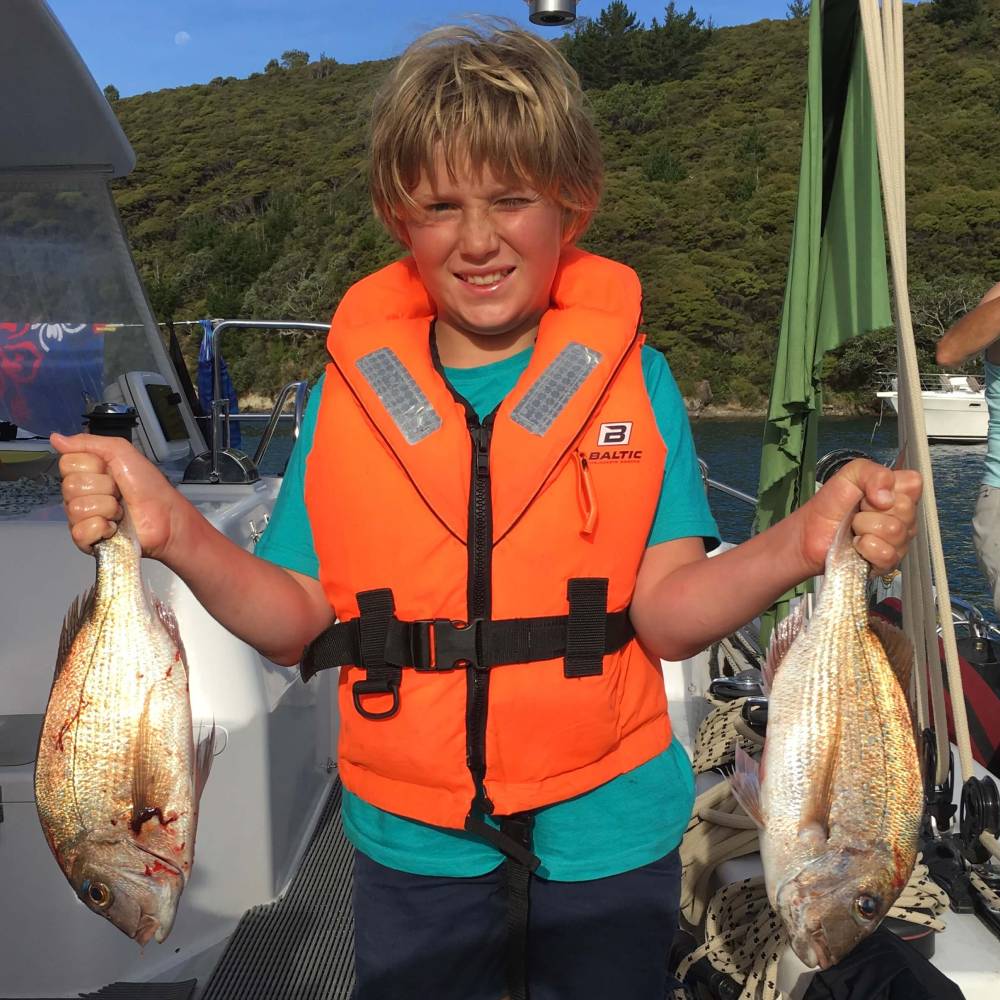
Taking action: Fishing
Explore our local fishing rules!
🎚 Level: 3-8
⌚ Duration: 50+ minutes
✍ Curriculum areas: Science, Pūtaiao, Social Studies, Tikanga-ā-iwi, Geography, Hauora
🌟 Key competencies: Thinking; Managing self; Relating to others; Participating & contributing
🔤 Keywords: Whakapuāwai
📌 Location: Indoors & Outdoors
⏭ Next steps (this topic): Taking action: consumer choice, Whakapuāwai: Collaborative action
⏭ Next steps (other topics): Plastic ocean
📚 Prior learning: Fisheries Management
The final three parts of this topic embody the concept of whakapuāwai. Whakapuāwai can be translated as ‘to cause to blossom, develop, flourish, prosper or thrive’. These three topics are about personal and collaborative actions that we can take to work personally and collectively to help Tangaroa to flourish.
In Aotearoa, we have limits and rules for commercial, customary and recreational fishers. We have the power to play a role in sustainable fishing by ensuring we stick to the rules!
Focus Questions:
What actions can I take to make a difference to the health of the ocean and sustainability of kai moana (seafood) resources?
What new words and concepts have we learnt?
Learning Outcomes:
Investigate personal actions that we can take that make a difference to the health of the ocean and sustainability kai moana (seafood) resources
Use specialised words and terms in relation to ocean sustainability
Materials:
Dead fish or copies of the fish picture
Copies of Customary and recreational fisheries Worksheet
Access to device and internet (for App download)
Something to write with
Activities include:
DISCUSS how rules are set in Aotearoa for recreational fishers and what the rules are regarding selling fish
MEASURE the fork length of a fish!
READ and ANSWER questions about fishing rules using the Customary and recreational fisheries Worksheet
Download the free NZ fishing rules App and check out the latest rules
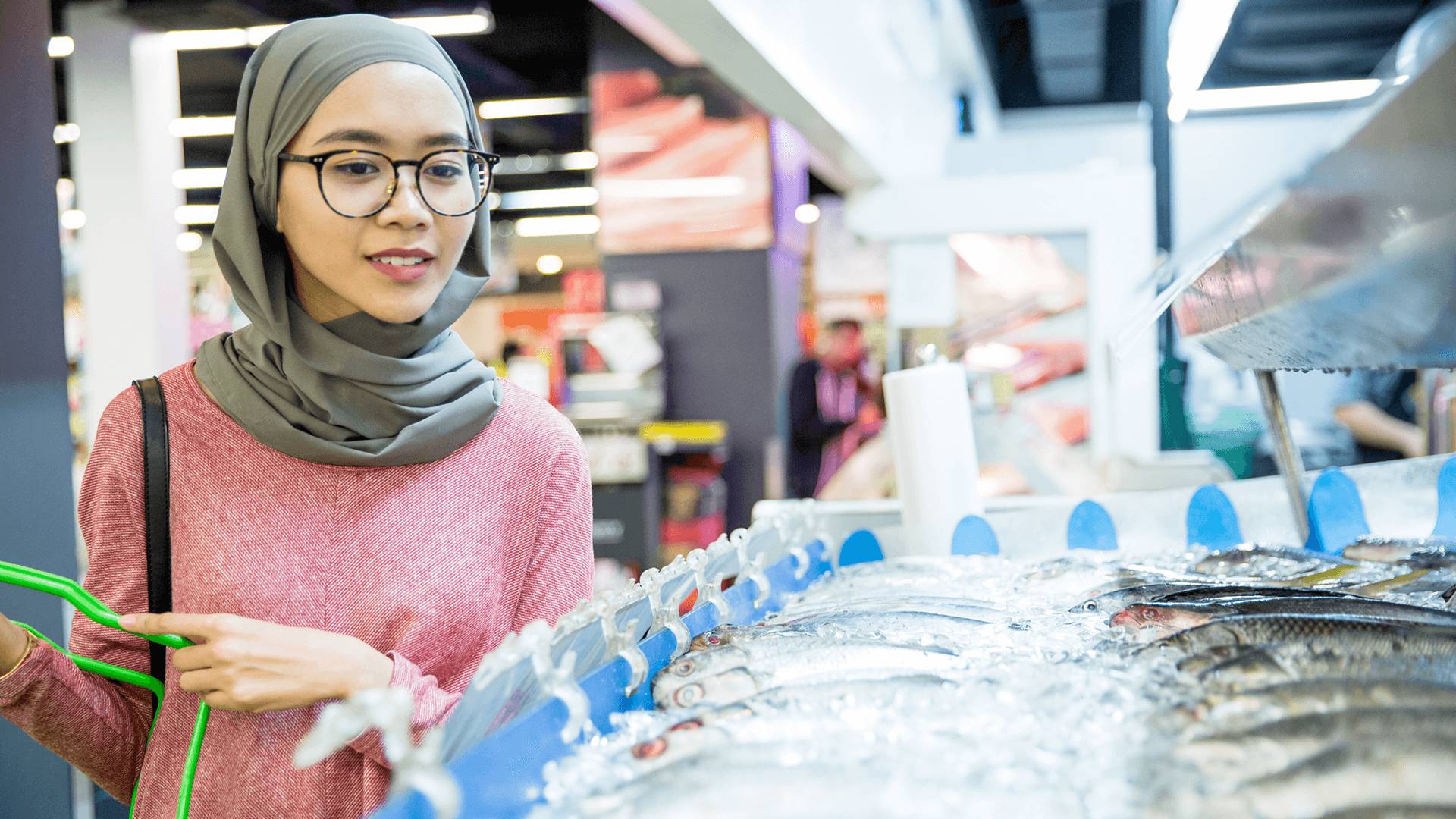
Taking action: Consumer choice
Explore what motivates us to buy and choose one kai moana product over another.
🎚 Level: 3-8
⌚ Duration: 50+ minutes
✍ Curriculum areas: Science, Pūtaiao, Social Studies, Tikanga-ā-iwi, Geography, Hauora
🌟 Key competencies: Thinking; Managing self; Relating to others; Participating & contributing
🔤 Keywords: Whakapuāwai, Consumer, Consumer Choice
📌 Location: Indoors & Outdoors
⏭ Next steps (this topic): Whakapuāwai: Collaborative action
⏭ Next steps (other topics): Plastic ocean
📚 Prior learning: Business of fishing today, Future challenges & opportunities
The final three parts of this topic embody the concept of whakapuāwai. Whakapuāwai can be translated as ‘to cause to blossom, develop, flourish, prosper or thrive’. These three topics are about personal and collaborative actions that we can take to work personally and collectively to help Tangaroa to flourish.
As consumers we all have power to contribute to change through careful choice around the products we buy!
Focus Questions:
What actions can I take to make a difference to the health of the ocean and sustainability of kai moana (seafood) resources?
What new words and concepts have we learnt
Learning Outcomes:
Investigate personal actions that we can take that make a difference to the health of the ocean and sustainability kai moana (seafood) resources
Use specialised words and terms in relation to ocean sustainability
Materials:
TAKING ACTION CONSUMER CHOICE SLIDE SET
Taking action consumer choice OUTLINE
Computer and graphing programme
Activities include:
CONSIDER how there are many different viewpoints around consumer choice.
EXPLORE and POSITION yourself on the statement that ‘Consumers have a powerful role to play in influencing the production of goods’
DISCUSS the thinking that goes in to trying to figure out what makes people buy one product over another
INVESTIGATE what motivates me to buy one product over another?
RANK products in order of purchase preference and DISCUSS why have you ranked them in this order
INVESTIGATE the findings of a 2020 survey about consumer choice
CONSIDER what factors motivate you when purchasing kai moana.
RECORD the range of motivators for purchase and graph results
COMPARE findings from your class with those found in a global survey
Use Survey Monkey or a similar platform to SURVEY whānau, friends, members of your school to find out their views on issues related to quality and consumer choice
REVIEW and EXPLORE if your own viewpoint has changed! Why or why not?
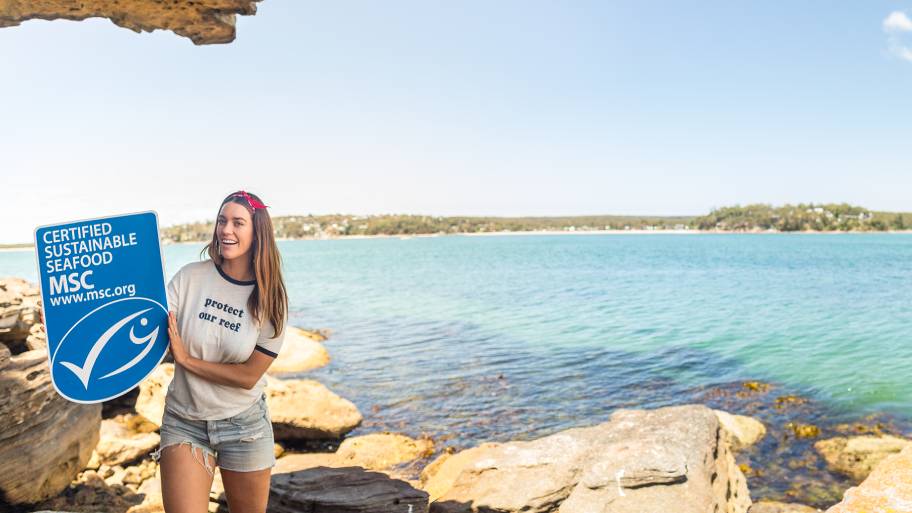
Whakapuāwai - Collaborative Action
Explore issues, organisations and approaches to dealing with ocean sustainability issues. Plan an action in relation to one issue with potential to impact ocean sustainability.
🎚 Level: 3-8
⌚ Duration: 50+ minutes
✍ Curriculum areas: Science, Pūtaiao, Social Studies, Tikanga-ā-iwi, Geography, Hauora
🌟 Key competencies: Thinking; Managing self; Relating to others; Participating & contributing
🔤 Keywords: Action plan, Collaboration, Whakapuāwai
📌 Location: Indoors & Outdoors
⏭ Next steps (this topic): None
⏭ Next steps (other topics): Plastic ocean
The final three parts of this topic embody the concept of whakapuāwai. Whakapuāwai can be translated as ‘to cause to blossom, develop, flourish, prosper or thrive’. Here we explore and practice taking collaborative action to collectively help Tangaroa to flourish.
Focus Questions:
How can we collaboratively work to plan and carry out an action to help address a marine environmental issue?
What new words and concepts have we learnt
Learning Outcomes:
Identify a sustainability issue to do with the sea and sustainability of kai moana resources and collaboratively work to plan and carry out an action to help address the issue
Use specialised words and terms in relation to ocean sustainability
Materials:
WHAKAPUAWAI COLLABORATIVE ACTION SLIDE SET
Whakapuawai collaborative action OUTLINE
Internet connection (for researching organisations and issues)
Something to write with
Action planning templates (see Teacher outline)
Activities include:
RESEARCH and LIST ten organisations that work to conserve our oceans
LIST issues that are currently affecting our oceans?
SELECT three issues you would like to work on
SHARE and DISCUSS ocean sustainability issues that are of concern to you
CONSIDER and LIST ways you could help make a difference for our oceans?
PLAN a collaborative action for ocean sustainability
CARRY OUT the action
REVIEW and REFLECT
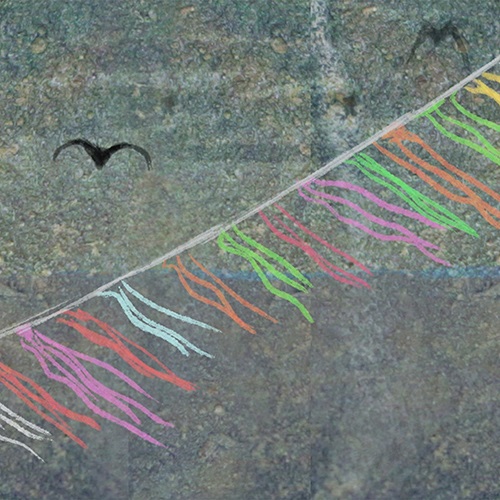
Back to Topic 7
Fishing history, technology and innovation - Ko Māui i huti i tana ika
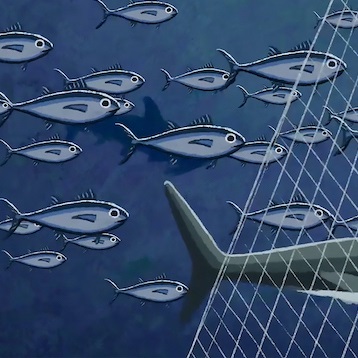
Forward to Topic 9
Diving deeper - Te Moana oruoru, te moana tuatea, tuarangaranga

Topic selector
Te Kawa o Tangaroa: all topics
Explore more

Featured{{item.Headline}}
{{item.Description}}
Sign up for teacher updates
Each quarter, we'll feature the latest education resources, upcoming calendar dates, competitions and the very best ocean-related stories.




